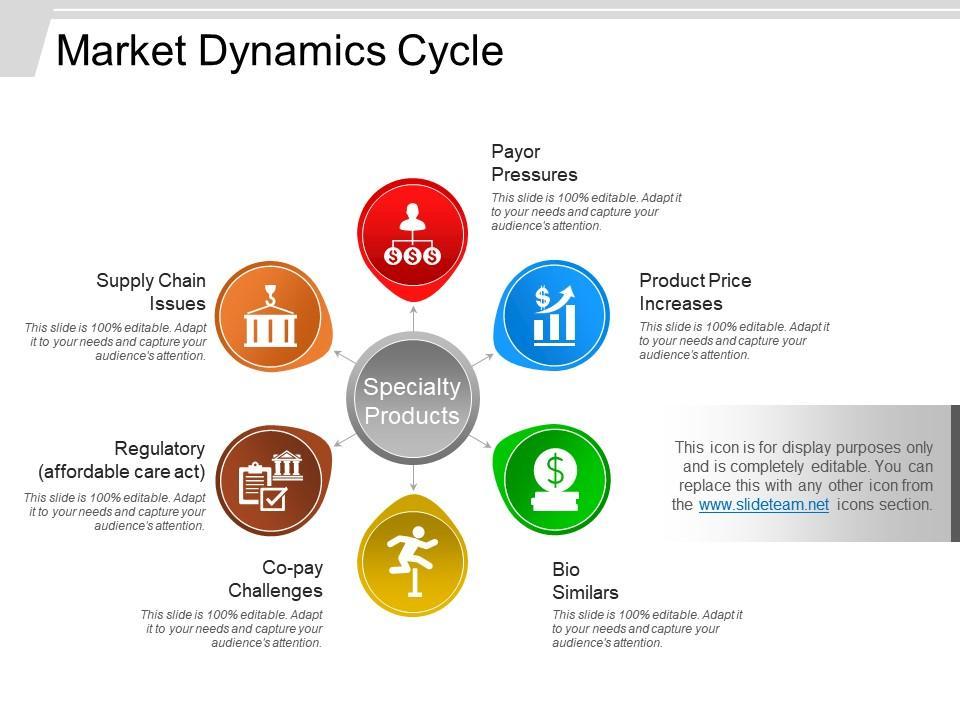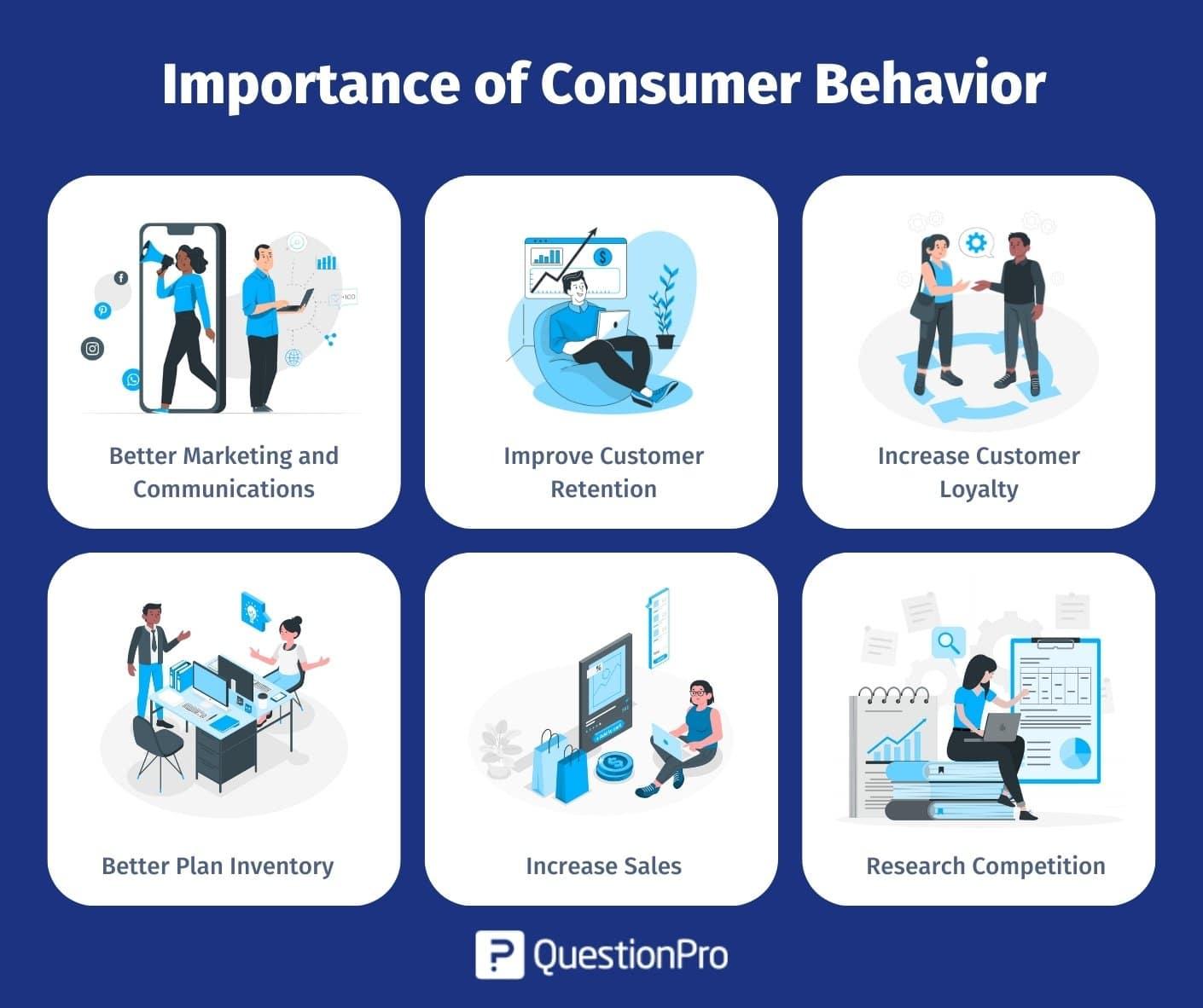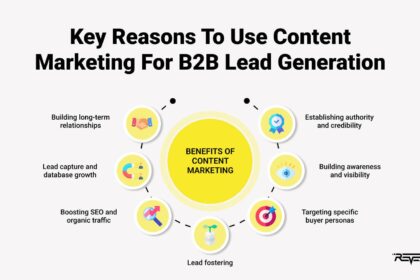In an age where data flows like an unending river, the ability to extract meaningful insights has become an art form and a scientific discipline intertwined. “Navigating Insights: The Art and Science of Market Research” invites you to embark on a journey through the intricate landscape of understanding consumer behavior, market trends, and competitive dynamics. As businesses strive to stay ahead in an ever-evolving marketplace, the challenge lies not just in collecting data but in deciphering it—transforming numbers and feedback into actionable strategies. This article will delve into the methodologies and creative approaches that empower organizations to harness the full potential of market research, illuminating the path from raw information to profound understanding. Join us as we explore the delicate balance between intuition and analysis, revealing how the fusion of creativity and scientific rigor can lead to discoveries that shape the future of business.
Understanding Market Dynamics through Data Analysis
A deep dive into data analysis reveals the intricate forces at play within market dynamics. By leveraging various data sources, organizations can uncover trends, patterns, and customer behaviors that drive decision-making. Through effective analytics, businesses can:
- Identify Market Trends: Understanding shifts in consumer demand and preferences.
- Segment Audiences: Targeting specific demographics for tailored marketing efforts.
- Forecast Sales: Predicting future performance based on historical data.
Data analysis also enhances competitive intelligence, enabling firms to assess their position in the market landscape. By gathering insights about competitors and industry trends, companies can strategically pivot and adapt their offerings. Key metrics to monitor include:
| Metric | Definition |
|---|---|
| Market Share | Percentage of an industry’s sales that a particular company controls. |
| Customer Retention Rate | The percentage of customers a company retains over a specified period. |
| Growth Rate | The rate at which a company’s revenue is increasing or decreasing. |

Crafting Effective Surveys to Capture Consumer Behavior
To effectively capture consumer behavior through surveys, it’s crucial to focus on clarity and engagement. Craft questions that are concise and direct to avoid overwhelming respondents. Incorporate a mix of question types, such as:
- Multiple choice: Offers predetermined options, making it easier for participants to answer.
- Likert scale: Gauges attitudes or feelings with a balanced scale.
- Open-ended: Encourages detailed responses, allowing in-depth insights.
In addition, consider survey timing and demographic targeting. Utilize personalizations that resonate with distinct customer segments, ensuring the survey feels relevant. You might also want to implement an incentive structure to foster participation. Below is a simple example of how different elements can be prioritized in your survey design:
| Element | Importance Level | Purpose |
|---|---|---|
| Question Clarity | High | Minimize confusion for respondents |
| Question Variety | Medium | Maintain engagement and interest |
| Target Demographics | High | Ensure relevant insights |
| Incentives | Medium | Encourage higher response rates |

Translating Insights into Strategic Action Plans
Converting raw data and market insights into actionable strategies requires a keen understanding of both the metrics and the narrative they create. Once insights are collected, the next step is to analyze them for relevance, significance, and feasibility. This involves several key actions:
- Prioritize Insights: Determine which insights have the maximum potential impact based on your organizational goals.
- Define Actionable Steps: Break down insights into clear, specific actions that your team can execute.
- Allocate Resources: Identify the necessary resources—time, personnel, and budget—needed to implement the proposed actions.
- Establish Metrics for Success: Have clear criteria for evaluating the effectiveness of the action plans once implemented.
Communication plays a crucial role in bridging the gap between insights and execution. Teams must collaboratively engage in strategy sessions to ensure that everyone understands the objectives and their respective roles. Utilizing visual aids, such as dashboards or tables, can enhance comprehension:
| Insight | Action Plan | Responsibility |
|---|---|---|
| Increasing demand for eco-friendly products | Develop sustainable product lines | Product Development Team |
| Declining customer engagement on social media | Revamp digital marketing strategy | Marketing Team |
| Emerging competitors in the industry | Conduct competitive analysis | Market Research Team |
By structuring insights into a coherent roadmap, organizations can foster accountability and ensure that strategic actions are aligned with the insights gleaned from market research.

Leveraging Technology for Enhanced Market Research Outcomes
In today’s fast-paced digital landscape, harnessing innovative tools can dramatically transform market research outcomes. By integrating advanced technology, companies are equipped to capture more comprehensive data and generate deeper insights. Utilizing platforms such as artificial intelligence, big data analytics, and mobile surveys, businesses can access real-time information from diverse demographics, leading to a more nuanced understanding of consumer behavior. Some of the pioneering tools include:
- AI-driven analytics: Automates data processing and uncovers patterns without human bias.
- Sentiment analysis: Gauges public opinion on social media, providing immediate feedback on brand perception.
- Online focus groups: Facilitate interactive dialogues with target audiences beyond geographical limitations.
Moreover, employing data visualization tools can enhance the presentation of research findings, making complex information more digestible for stakeholders. By transforming raw data into visually appealing formats such as charts, graphs, and infographics, researchers can communicate their insights with clarity and impact. Consider a simple display:
| Technology Tool | Benefit |
|---|---|
| Survey Tools | Automate data collection and analysis |
| Visualization Software | Enhances clarity of research findings |
| Predictive Analytics | Forecasts market trends with accuracy |
In Conclusion
As we conclude our exploration of “Navigating Insights: The Art and Science of Market Research,” it’s clear that the landscape of understanding consumer behavior is both a nuanced craft and a rigorous discipline. The interplay of creativity and analytical precision forms the backbone of effective market research, enabling businesses to not only decipher trends but also to anticipate the needs and desires of their audience.
In this journey, we’ve unearthed the tools and methodologies that empower researchers to transform raw data into strategic insights. The art lies in interpreting the stories behind the numbers, while the science ensures that these narratives are grounded in factual evidence. Together, they illuminate the path to informed decision-making.
As you venture into your own research endeavors, remember that every insight is part of a larger narrative waiting to be told. Embrace the complexities and let curiosity guide your quest. With the right blend of intuition and analysis, you can turn challenges into opportunities and insights into impactful decisions. In the ever-evolving world of market research, may your explorations be both enlightening and rewarding.



